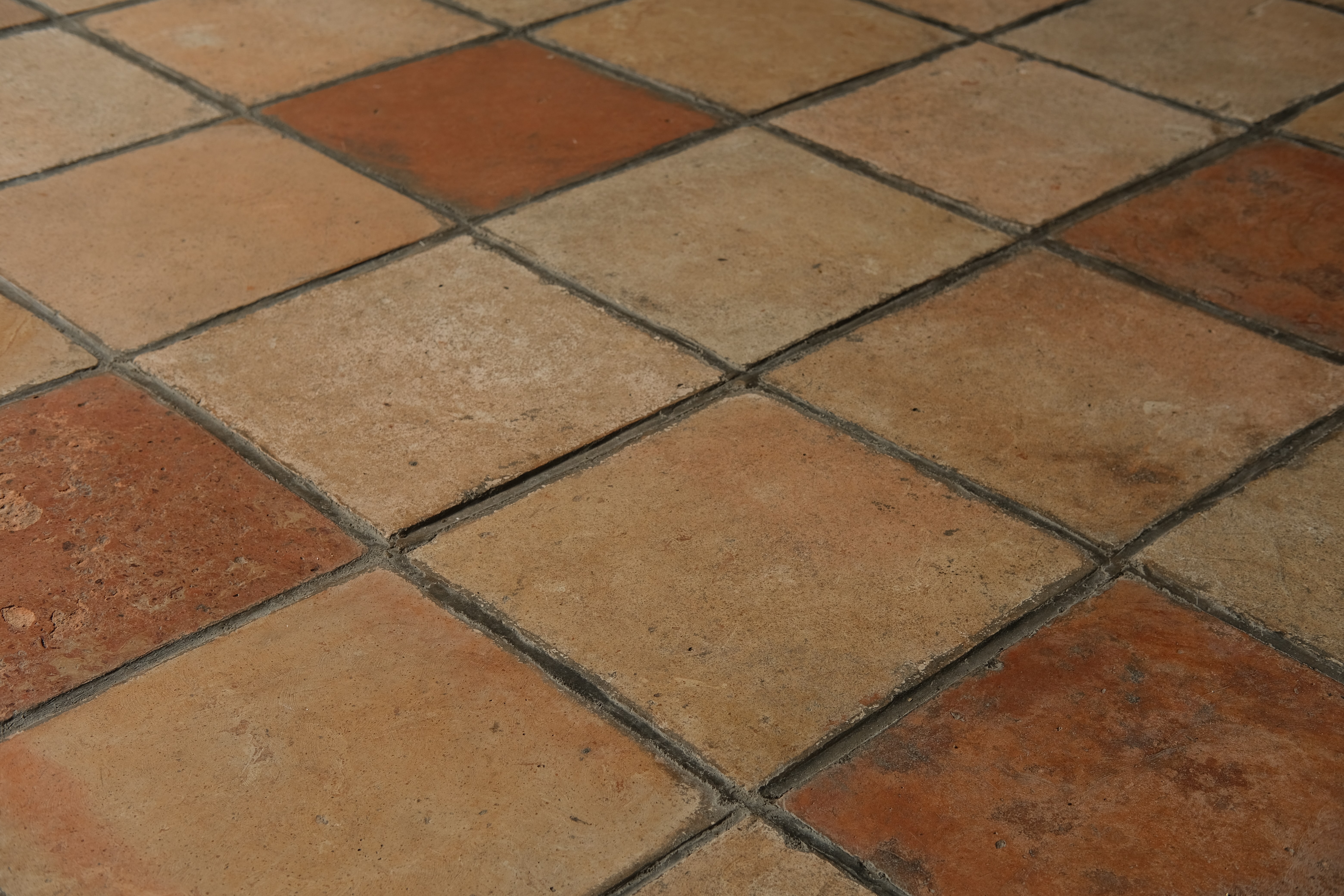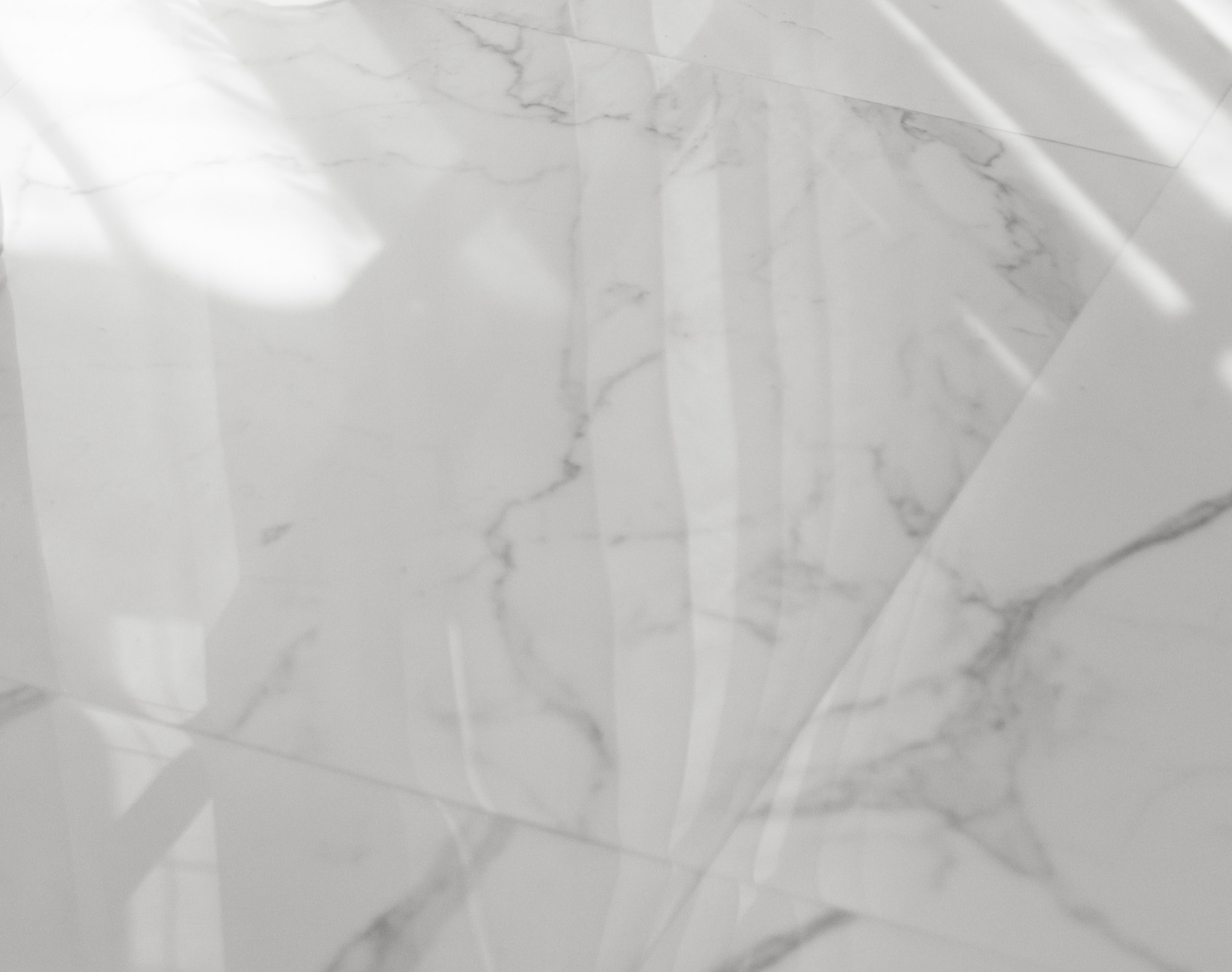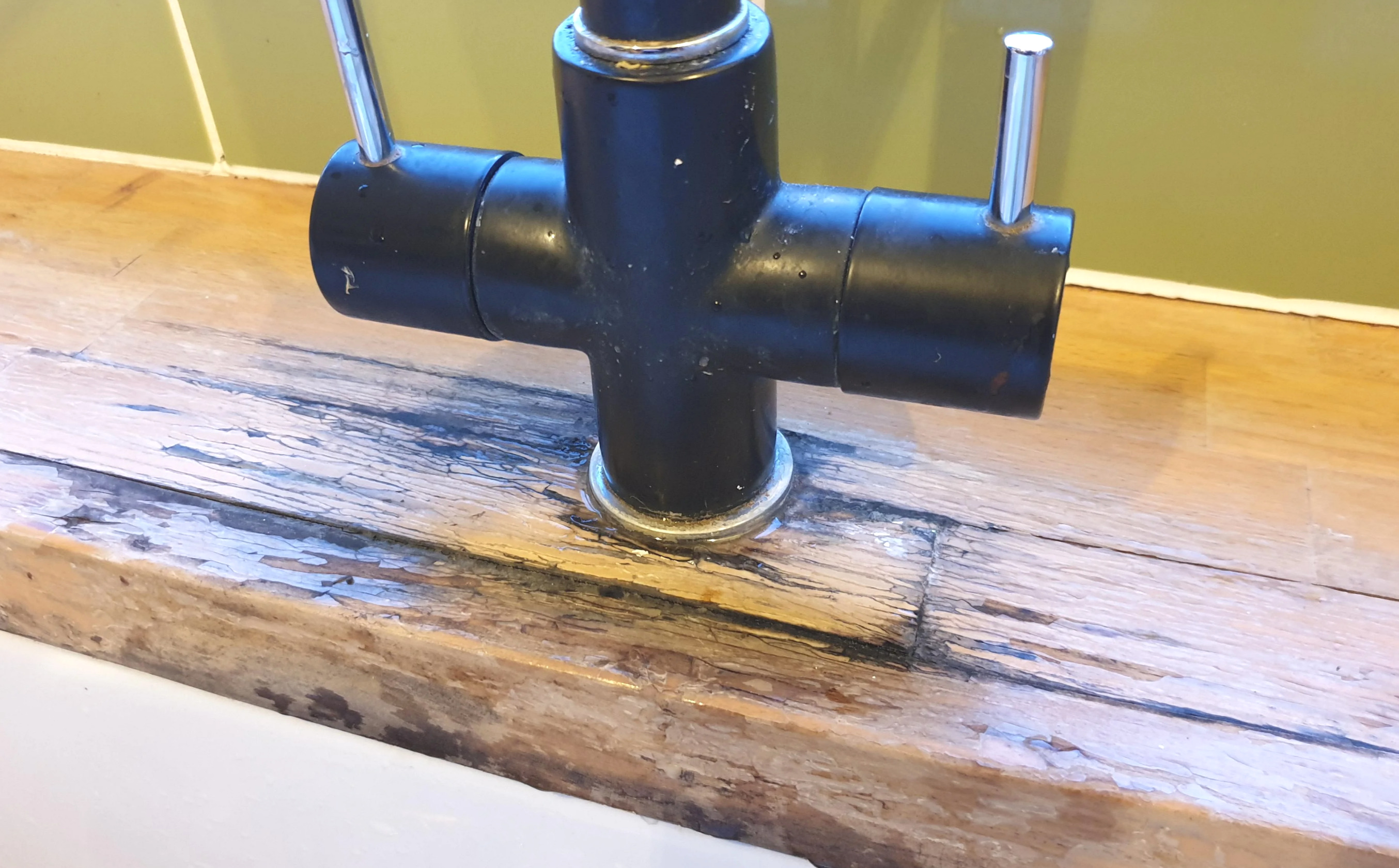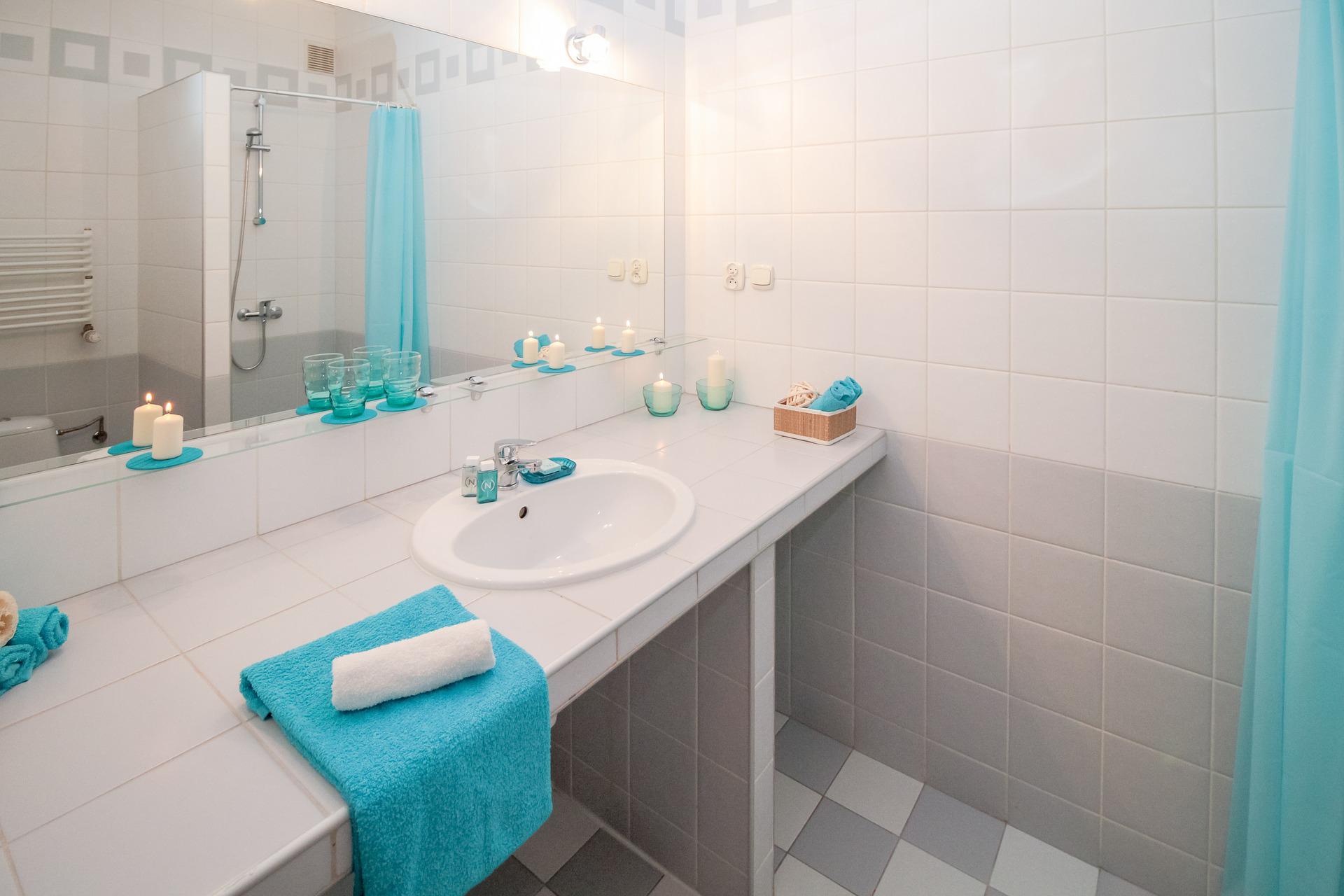Aug 4, 2022
CHOOSE THE RIGHT MATERIALS FOR YOUR SHORT-TERM RENTAL

Materials play a great role when it comes to short-term rentals. Well-selected materials can increase the overall apartment value a lot. Also, when chosen carefully, they will last longer in time without a need to be replaced, and therefore save your valuable time.
Flooring
The local culture and how the apartment will be used will guide a lot in choosing the flooring materials. I would suggest, though, that wherever you are, you would have a no-shoe policy as it would help to keep the floors in a good shape longer and would save a lot from the cleaning.
Some of the longer-lasting materials are stone, concrete, tiles, and hardwood. Wood is the most comfortable material under the feet, but it of course comes with some extra maintenance from time to time. In case you choose tile, stone, or concrete, it could be a great option to install floor heating at the same time. This is a very efficient heating method (wherever heating is needed) and will create the highest comfort for your guests. Also, you could save from buying rugs as they may not be needed.
Laminates tend not to last very well and are prone to damage easily. Of course, they are a more inexpensive option and easier to rip off and replace with new ones if needed. Just be aware that this kind of flooring may cause you more work and, in time, can end up being more expensive than a one-time investment in a stronger floor. Also, laminate tends to create more noise when you drop something on it, and this factor is good to keep in mind in case you have neighbors below the apartment.
Some of the longer-lasting materials are stone, concrete, tiles, and hardwood. Wood is the most comfortable material under the feet, but it of course comes with some extra maintenance from time to time. In case you choose tile, stone, or concrete, it could be a great option to install floor heating at the same time. This is a very efficient heating method (wherever heating is needed) and will create the highest comfort for your guests. Also, you could save from buying rugs as they may not be needed.
Laminates tend not to last very well and are prone to damage easily. Of course, they are a more inexpensive option and easier to rip off and replace with new ones if needed. Just be aware that this kind of flooring may cause you more work and, in time, can end up being more expensive than a one-time investment in a stronger floor. Also, laminate tends to create more noise when you drop something on it, and this factor is good to keep in mind in case you have neighbors below the apartment.
Last but not least is the cleaning angle. Try to go with materials with smooth plain surfaces without large grains. When choosing tiles, the thinner the tile the easier it is to clean. When there are deep borders or holes, all kinds of dirtiness can go in and it will be impossible to clean.

On the right, you see examples of different floor tiles. The upper one has clearly a more uneven surface and a lot of height difference between the tile and the caulking. This would be much harder to mop than the lower image floor.

Walls
There are two aspects that I would approach the wall materials. The first thing is the insulation: now I am not an expert on telling you what materials you should choose for your apartment without seeing it, but as an owner, I would consider their acoustical capacity. Ideally, you would want to make your walls as soundproof as possible.
The second aspect would be temperature. Depending on your climate, you should consider the heat insulation capacity of the walls and make sure that they are airtight. Wasting energy is never good, and can lead to moisture damage easier than in airtight structures as condensation may happen inside the walls when temperatures vary between the outdoors and indoors.
Also, make sure that the wall surface is washable - you never know what your guests end up splashing on the walls.
The second aspect would be temperature. Depending on your climate, you should consider the heat insulation capacity of the walls and make sure that they are airtight. Wasting energy is never good, and can lead to moisture damage easier than in airtight structures as condensation may happen inside the walls when temperatures vary between the outdoors and indoors.
Also, make sure that the wall surface is washable - you never know what your guests end up splashing on the walls.
Kitchen
The kitchen is a critical component in the apartment, and ideally you would want to make it as strong as possible so that you don't have to worry about it for many years.
The most important part of the kitchen, in my opinion, is the countertop. That is a surface where you will first notice damages. I would always choose a granite countertop as this is one of the strongest and easiest to maintain. Other stones would work as well, as long as they are heat-resistant.
Other options could be concrete or even stainless steel. Concrete will require finishing as it is a porous material and can suck in both water and spills.
Wood is a beautiful and timeless choice for countertops, but be aware that it comes with great responsibility. It may need new coating from time to time, or sanding when damaged.
The most important part of the kitchen, in my opinion, is the countertop. That is a surface where you will first notice damages. I would always choose a granite countertop as this is one of the strongest and easiest to maintain. Other stones would work as well, as long as they are heat-resistant.
Other options could be concrete or even stainless steel. Concrete will require finishing as it is a porous material and can suck in both water and spills.
Wood is a beautiful and timeless choice for countertops, but be aware that it comes with great responsibility. It may need new coating from time to time, or sanding when damaged.

It can be hard to prevent moisture damages in a short-term rental as people tend not to care about others' properties. That is why wood and any other wood-based materials, such as laminated or veneered particleboards, are not great choices for short-term rentals. They tend to break down if water keeps standing on the surface or if you place anything hot on it.
Bathroom
The same rules apply to the bathroom as would for the kitchen and any other occasionally moist space. I would avoid any particleboard-based furniture in the bathroom, and instead, favor metal or even custom-made furniture and countertops (see the image below). When the surface is tiled, the only maintenance you probably need to do is wash the caulking and replace it if the color changes. Darker tiles and caulking are more forgiving and can be a better option than white.

